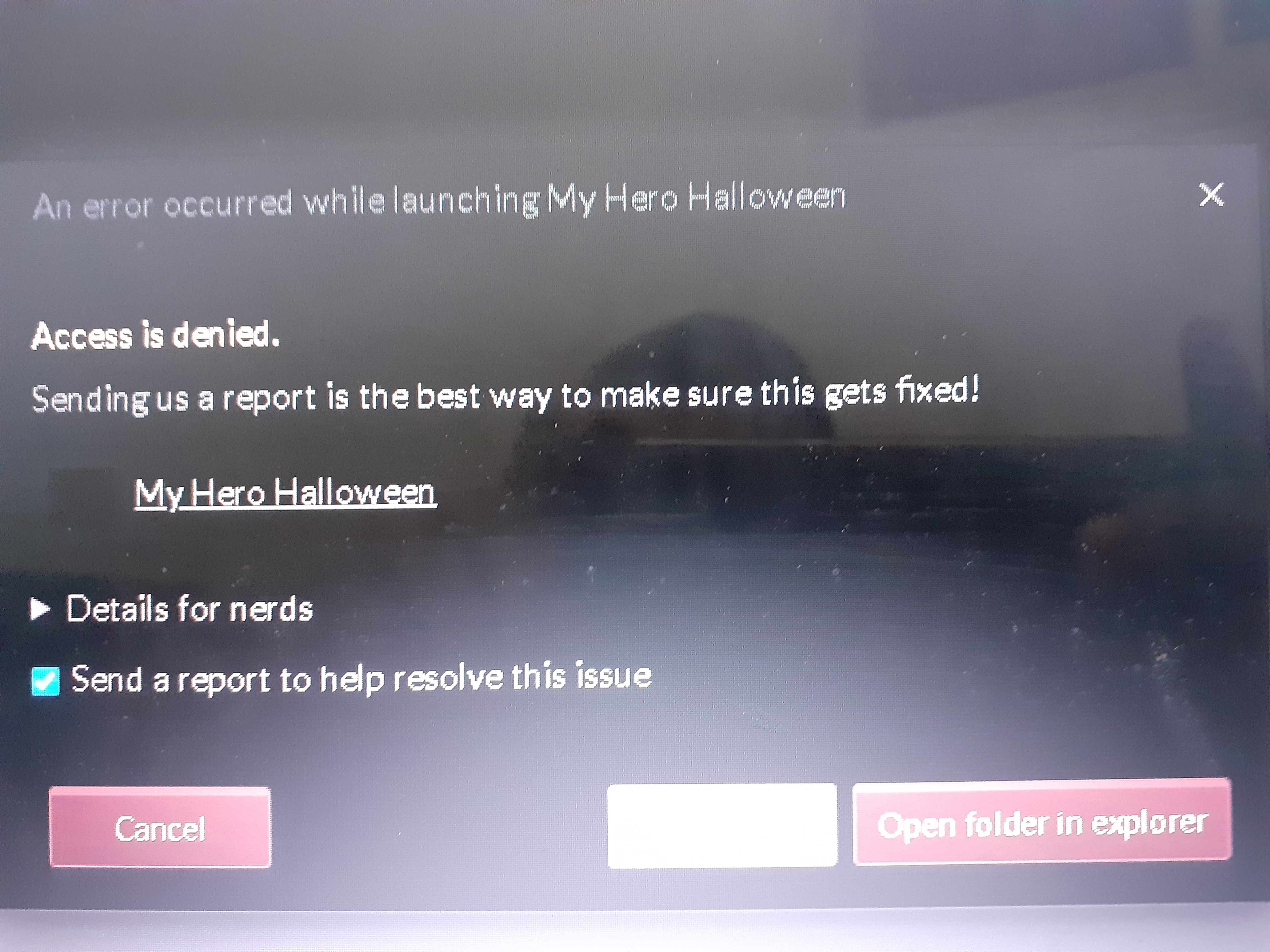Description build with Docker on OS X fails because on OS X, /etc/localtime cannot be accessed by Docker. Steps to reproduce the issue building HelloWorld with docker: $ BUILDINDOCKER=1 BOARD=samr21-xpro make -C examples/hello-world/ W. Your Mac's hosts file is a small but important text document that has the ability to map hostnames to specified IP addresses. While the modern Internet uses a variety of public and private DNS.
Most MySQL users encountered the ERROR 1698 (28000): Access denied for user ‘root'@'localhost'. This error message usually appears for new installations of MySQL when you try to connect to MySQL with the root user.
This guide will show you how to quickly resolve the access denied for user root on localhost. The outlined instructions apply to both MySQL and MariaDB. There will be no need to modify any tables or to perform complex configuration.
- Access to a command line or terminal window
- MySQL or MariaDB installed
- User with sudo or root privileges
When you install MySQL and try to access it on the local machine with the root user, the command you use is:
In most cases, you will receive the error message Access denied for user ‘root'@'localhost'.
You can enable access for root using one MySQL command.
To be able to log into MySQL as root, first use sudo to modify the root user:
Enter your password at the prompt. A MySQL shell loads.
Use the ALTER USERcommand and change the authentication method to log into MySQL as root:
This command changes the password for the user root and sets the authentication method tomysql_native_password. This is a traditional method for authentication, and it is not as secure as auth_plugin. In the example above, we set 'root' as the password, but we encourage you to set a stronger password.
After you run the commands listed above, exit the MySQL shell by pressing CTRL + D on your keyboard or type exit; and hit enter. There is no need to restart the mysqld service to log in.
Now try again to access MySQL with root. In the terminal, type in:
Enter the password you used with the ALTER USER command. Do not type in the system password to access MySQL as it will not work. If everything worked fine, you should see the MySQL welcome message.
NOTE: The ALTER USER command may not work for MySQL and MariaDB versions older than 5.7.6 and 10.1.20 respectively.
Now you know how to bypass the MySQL ERROR 1698 (28000): Access denied for user ‘root'@'localhost'.
There are different ways to approach this issue, but we selected the easiest and fastest method. Make sure to enter the commands as listed in the article to avoid errors in SQL syntax.
Facing permission issue in Catalina OSX in your MacBook pro or air or iMac then just follow the below steps to fix read-write permission issue.
If the permissions on your Catalina OSX system seem broken, the OS comes with a utility you can use to repair the permissions. Here's how it's done.
For those of you familiar with the 'Repair Disk Permissions' option that used to be located under 'Utilities' > 'Disk Utility' > 'First Aid' in older versions of MacOS, you may notice this option is gone in MacOs Catalina OSX. Instead, you have to perform these steps in Terminal.
How to fix Permission issue in Catalina OSX
- From the Finder, select the 'Go' menu, then choose 'Utilities'.
- Open 'Terminal'.
- Type the following command, then press 'Enter':
diskutil resetUserPermissions / `id -u`
Some users may need to run the command with 'sudo' in front of it:
sudo diskutil resetUserPermissions / `id -u`
The system will then verify and repair permissions on you Catalina OSX . Please comment below if you still facing issue.


